Amigo Saboteur the lost mines Manual
| Mærke: | Amigo |
| Kategori: | Brætspil |
| Model: | Saboteur the lost mines |
| Antal pr. pakke: | 1 stk |
| Produkttype: | Brætspil |
| Understøttelse af sprog: | Engelsk |
| Pakketype: | Kasse |
| Anbefalet alder (min.): | 10 År |
| Maksimalt antal spillere: | 9 |
| Minimum antal spillere: | 3 |
| Genre: | Familie |
| Foreslået køn: | Ethvert køn |
| Spilletid: | 45 min. |
| Anbefalet alder: | Voksen & barn |
| Ikke for børn fra 0-3 år: | Ja |
| Familiespil: | Ja |
| Spilletilstande: | Multiplayer |
Har du brug for hjælp?
Hvis du har brug for hjælp til Amigo Saboteur the lost mines stil et spørgsmål nedenfor, og andre brugere vil svare dig
Brætspil Amigo Manualer

24 August 2024

20 August 2024

19 August 2024

19 August 2024

19 August 2024

19 August 2024

18 August 2024

17 August 2024

17 August 2024

17 August 2024
Brætspil Manualer
- Janod
- IMC Toys
- White Goblin Games
- Blue Orange
- Hudora
- Goliath
- MB
- Gezelschapsspellen
- BRIO
- Carrera
- Outdoor Play
- MindWare
- TacTic
- King
- Pegasus
Nyeste Brætspil Manualer
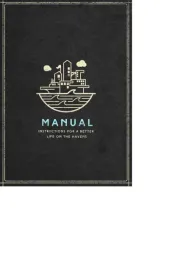
6 Oktober 2025

2 Oktober 2025
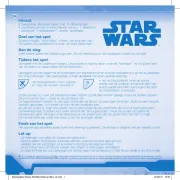
30 September 2025
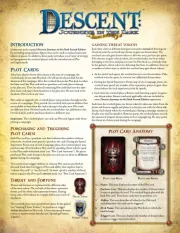
Asmodee Descent: Journeys in the Dark - Second Edition Manual
24 September 2025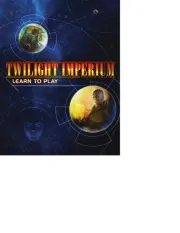
23 September 2025
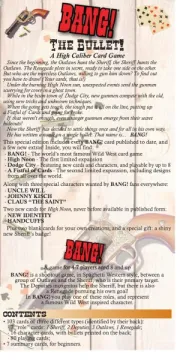
23 September 2025
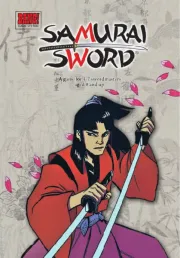
23 September 2025
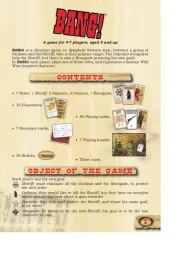
23 September 2025

23 September 2025
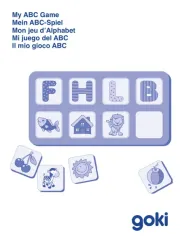
10 September 2025
